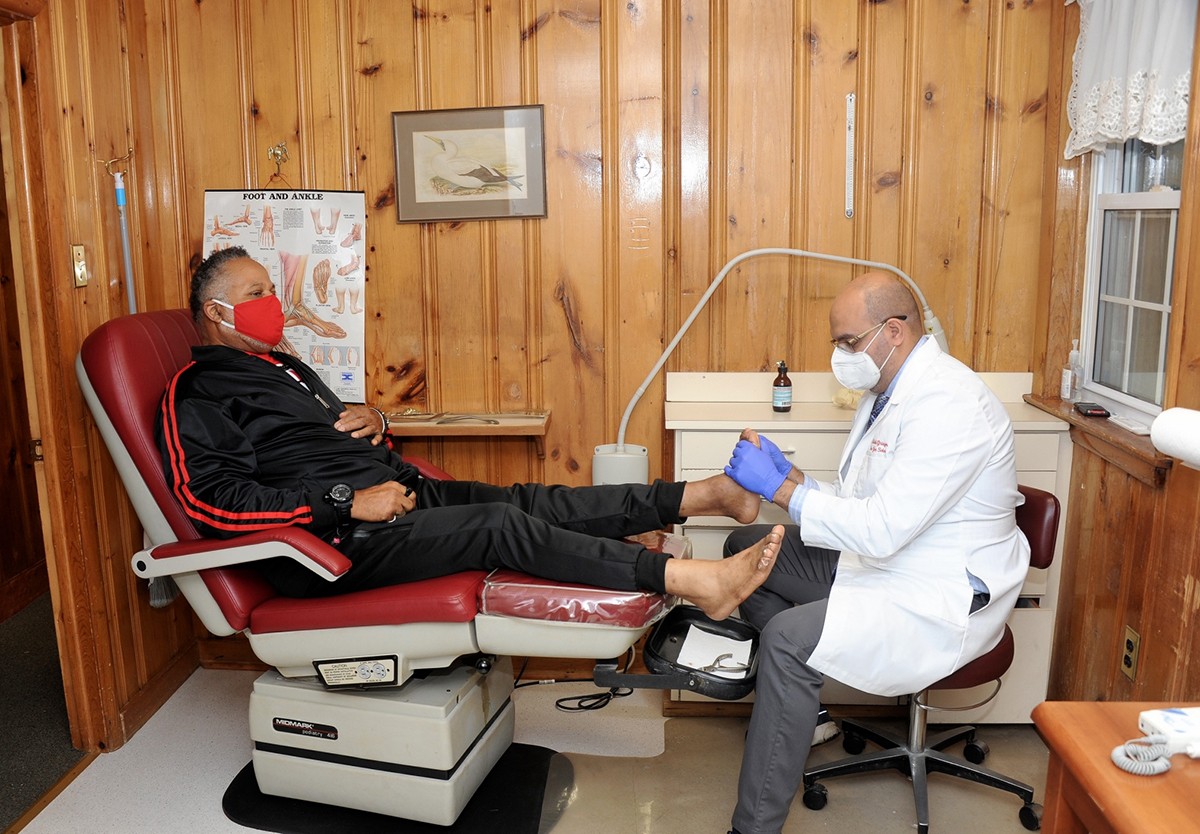What Diabetes Does to the Body
Many patients with uncontrolled diabetes develop peripheral artery disease (PAD), which basically means that blood does not effectively flow through the body. This is dangerous because if blood does not reach a wound it cannot heal, causing the higher incidence of amputation.
PAD is a disease that causes the blood vessels to narrow, thus reducing the flow of blood to legs and feet. Specifically, the blood vessels which carry blood throughout the body develop a buildup of hard plaque which narrows the arteries so blood travels through a more narrow space. This is what causes the decreased blood circulation.
Risks of Low Blood Circulation
With less blood, wounds on the legs and feet do not get ample nutrients, cellular waste management, cellular repair, and may lead to arterial disease. This can increase an individual’s chance of getting an infection, decrease the body’s ability to fight the infection, and decrease the body’s ability to heal wounds. Severely diminished blood flow can cause gangrene, also known as tissue death. Once a lower extremity develops gangrene, the only treatment is amputation. Gangrene that is infected with bacteria can spread to other organs or body parts and can become fatal if left untreated.
If you have diabetes and know what diabetes does to the body, diet, exercise, undergo a circulation test, and manage your blood sugar to avoid PAD. A podiatrist is a critical member of the management team for diabetic patients… Come visit your local podiatrist and together, we can help combat diabetes!
Dr. Marvin Marcelin, DPM
Partner, Save Your Soles Podiatry, LLP


